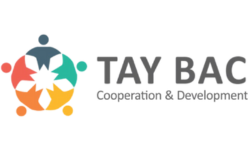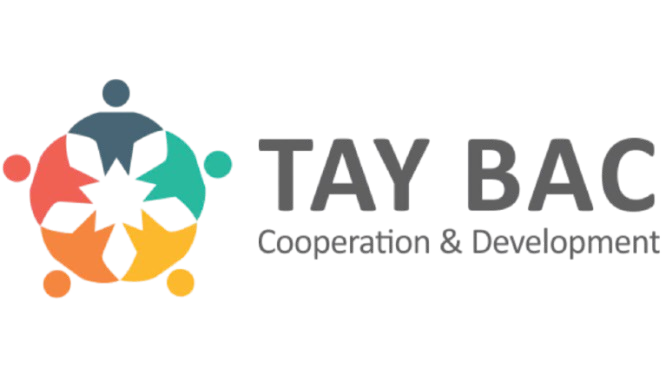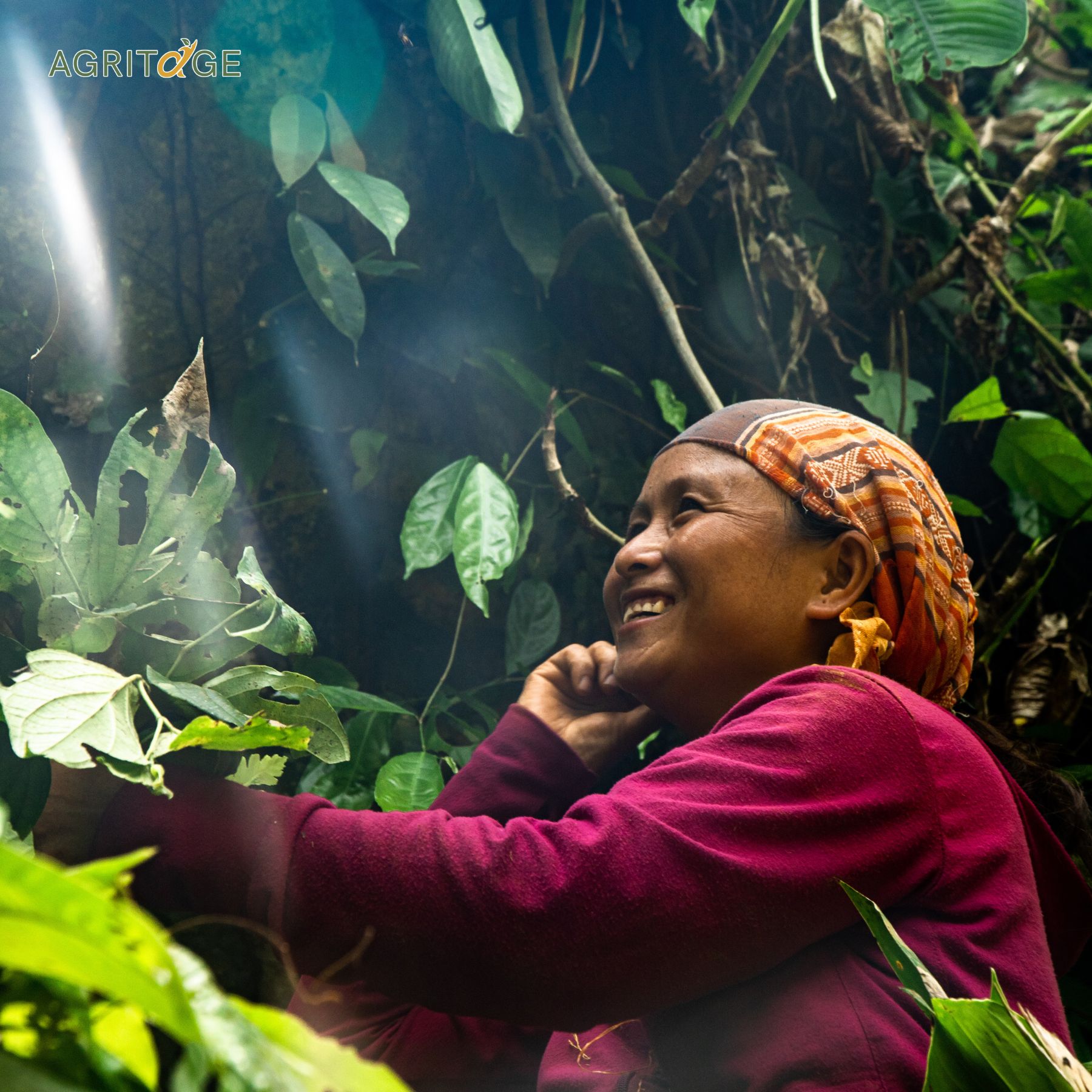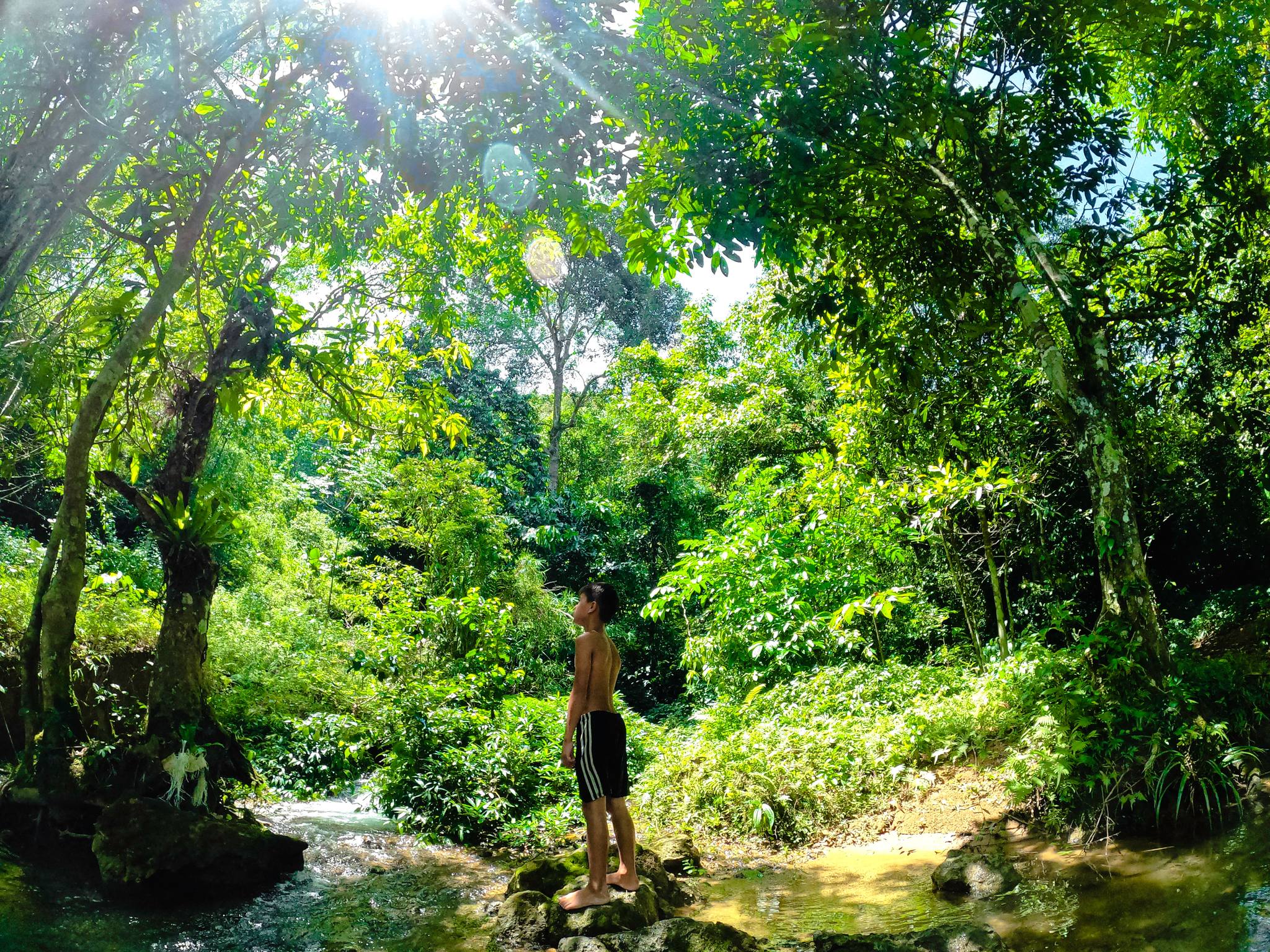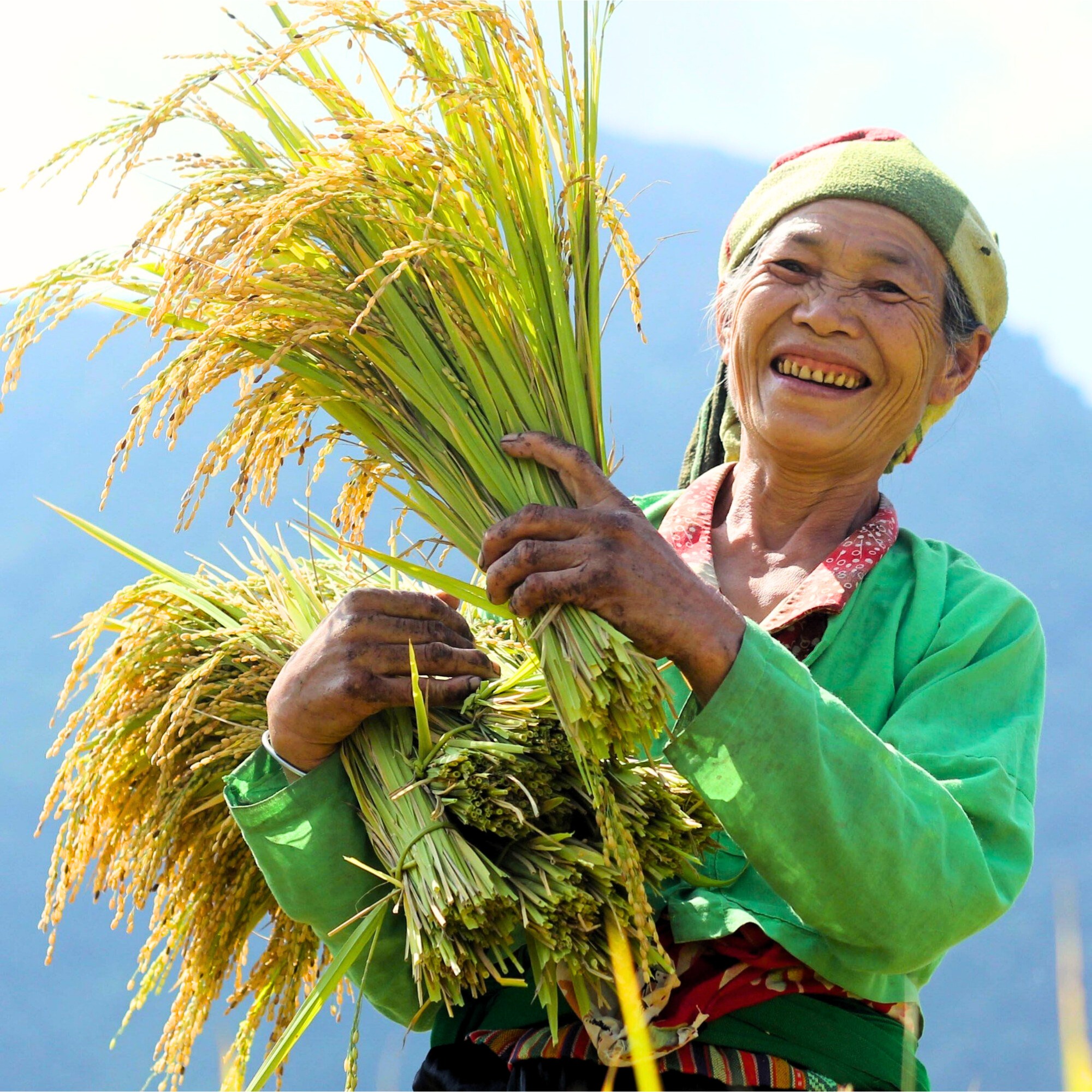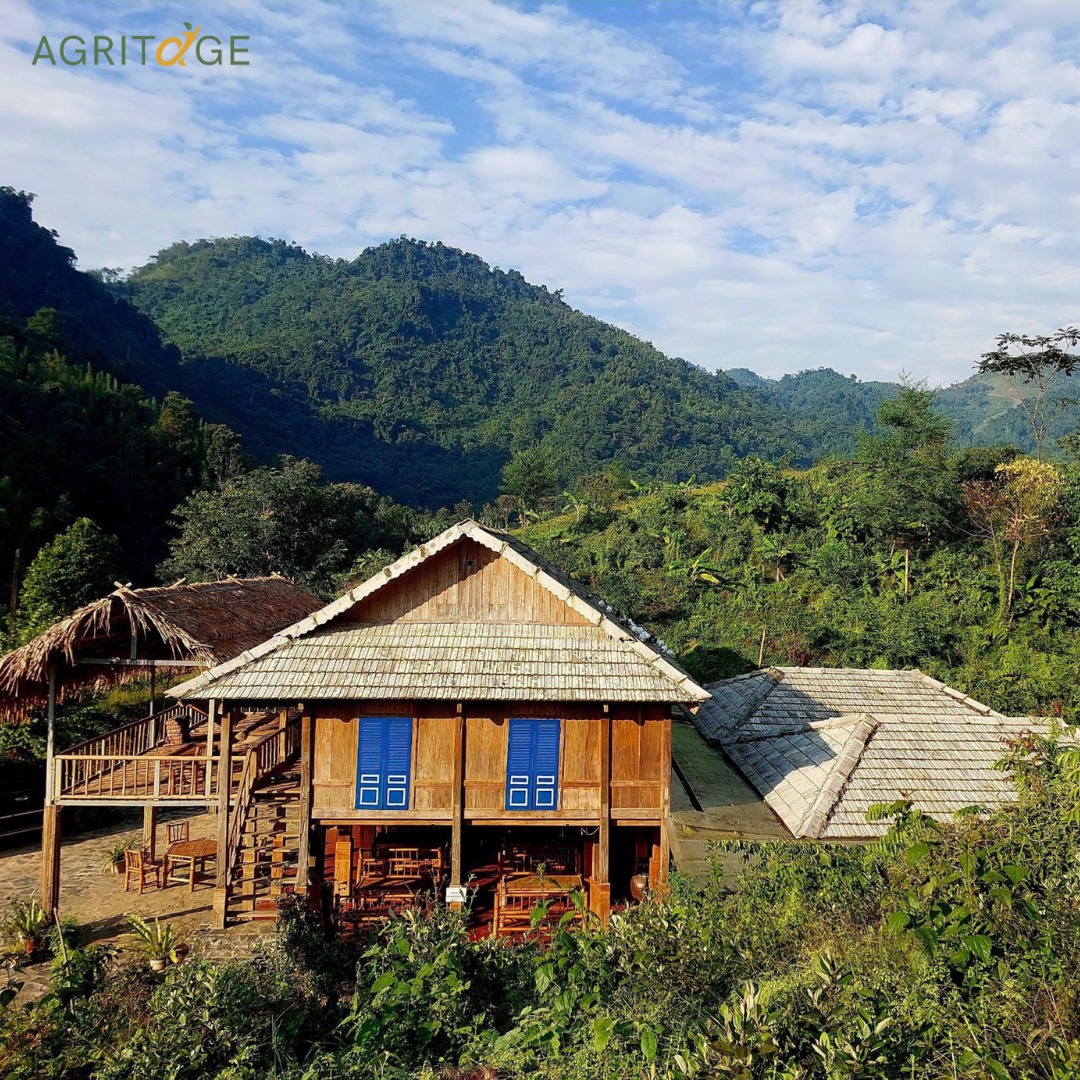“AGRITAGE”
Agritage is a coined term, formed by blending two English words: Agriculture and Heritage. Simply put, it refers to Agricultural Heritage. At Agritage Vietnam, we honor the indigenous knowledge and the cultural values of ethnic communities living across the S-shaped land of Vietnam.
With deep respect for these roots, we are driven by a strong desire to contribute to the preservation, development, and promotion of Vietnam’s local knowledge and cultural values — both within the country and to the world. Agritage Vietnam works in partnership with local authorities and communities to develop Agricultural Heritage Villages.
We are committed to supporting local communities in building sustainable livelihoods by attracting a large number of both domestic and international visitors. Our products indirectly help create jobs, generate stable incomes, and improve the health of local people. Community development is our top priority, and over 70% of Agritage Vietnam’s staff are local residents.
VISION
Agritage Vietnam aims to become a pioneering complex in building and expanding the Vietnamese Agricultural Heritage Ecosystem.
MISSION
Our mission is to preserve and develop Vietnam’s Agricultural Heritage.
5 CORE CRITERIA
that define an Agricultural Heritage Village, according to Agritage Vietnam:
(I) Sustainable Livelihoods and Food Security
At Van Ho Agritage, we cultivate indigenous crops such as Te Rau rice, upland sticky rice, red peanuts, green-core black beans, and other traditional produce to meet local consumption needs and generate income through sales.
We established the Dong Rung Co-op and created the Dong Rung agricultural brand, offering two main product lines: Dong Rung Te Rau Rice and Dong Rung Indigenous Seeds. Local farmers apply ancestral agricultural knowledge of the Thai and Muong peoples, such as using bamboo and wooden canals to divert water from streams to irrigate fields. They also utilize native plants like Chinaberry, soapberry, chili, garlic, and ginger to create natural pesticides and commit to farming under the Participatory Guarantee System (PGS) — an organic certification system with community involvement.
Van Ho Agritage is the first member of PGS Van Ho, a participatory monitoring system operating under the Vietnam Organic Agriculture Association.
(II) Biodiversity in Agriculture
We work to increase biodiversity in agriculture by cultivating a variety of plant species, animals, and microorganisms through eco-friendly farming, aquaculture, and forest management practices.
Techniques such as using homemade organic fertilizers, companion planting, and natural pest control help farmers adapt to drought, erosion, and landslides while enriching soil microbiomes. The Eco-Forest Garden model is applied to sloped and degraded land. Valuable indigenous and rare genetic resources from other regions are collected, preserved, and propagated to support local and shared agricultural activities.
(III) Restoration and Preservation of Indigenous Agricultural Knowledge
Van Ho Agricultural Heritage Village is primarily home to Thai and Muong ethnic groups, known for their distinct valley culture. With generations of experience in water usage for farming, the community has restored traditional waterwheels, canals, and bamboo water systems, which not only support agriculture but also provide hydropower to the village.
(IV) Cultural Values and Community Organization
In our Agricultural Heritage Villages, cultural values are preserved through community participation. Community-based tourism allows locals to earn an income while fostering pride in their heritage.
We respect existing social structures and uphold community autonomy by establishing Community Cooperatives, led by local residents. These cooperatives represent the village’s interests and collaborate with external partners to create opportunities for sustainable development.
(V) Distinctive Landscape Systems
A true Agricultural Heritage Village is also characterized by its unique landscape shaped by local culture.
Van Ho Agricultural Heritage Village, home to Thai communities, showcases a harmonious relationship between people, rivers, and forests. For generations, locals have preserved natural fish streams and ancient forests.
Visitors will witness layered tropical forest vegetation, karst caves formed over millennia, and — most notably — the natural fish stream, protected under a village conservation pact. It stands as a symbol of the harmonious coexistence between humans and nature in Buot Village.
